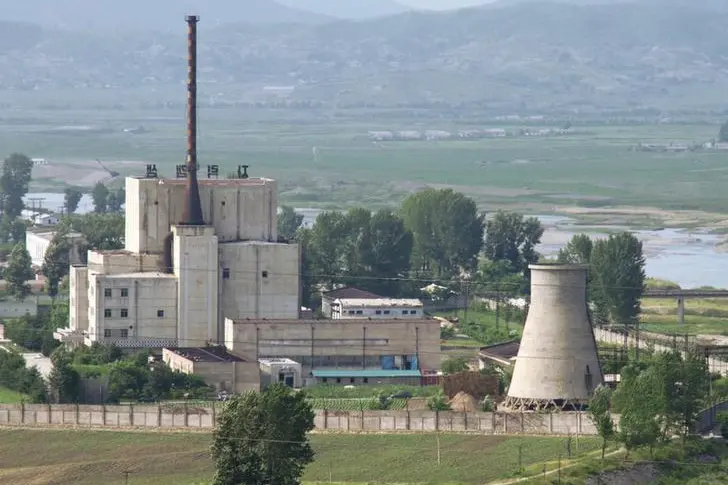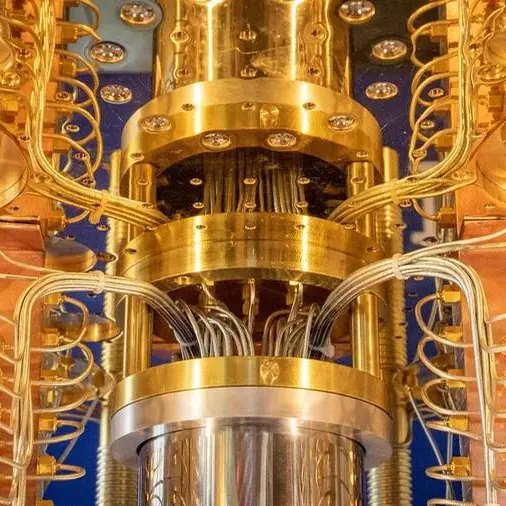PHOTO
Global electricity production from nuclear energy dropped by 4% last year from 2021, with the technology's share of gross electricity generation falling to its lowest since the 1980s, an industry report showed on Wednesday.
Nuclear energy generated 2,546 terawatt-hours (TWh) of electricity worldwide last year, accounting for 9.2% of total gross electricity generation, the annual World Nuclear Industry Status Report (WNISR) showed.
Proponents of nuclear say as a low-carbon power source it could be vital in helping countries meet climate targets, but several plants around the world are coming to the end of their life expectancies and many new ones have faced delays.
The most nuclear power in the world is generated in the United States, followed by China.
Nuclear energy has regained some popularity recently as countries search for low-carbon power sources, but long lead times, high costs and climate impacts put the prospect of nuclear as a solution at "virtually zero", the WNISR said.
As of mid-2023, a total of 407 reactors were operating in 32 countries, four less than a year earlier and 31 below a 2002 peak of 438, the report said.
The slow progress of construction has lifted the average age of a reactor to 31.4 years by the end of 2022, up from 31 years in mid-2022, the report said.
Some 58 reactors representing 58.6 gigawatts (GW) of additional capacity were under construction by mid-2023, five more than in 2022, with four in five reactors being built in Asia or Eastern Europe and over half facing years-long delays, the report said.
Nuclear is also continuing to fall behind renewables in terms of cost, as reactors are seen as more expensive and taking longer to build.
The adjusted cost of nuclear energy - which compares the total lifetime cost of building and running a plant to lifetime output - is nearly four times that of onshore wind, the report said.
(Reporting by Forrest Crellin Editing by Mark Potter)





















